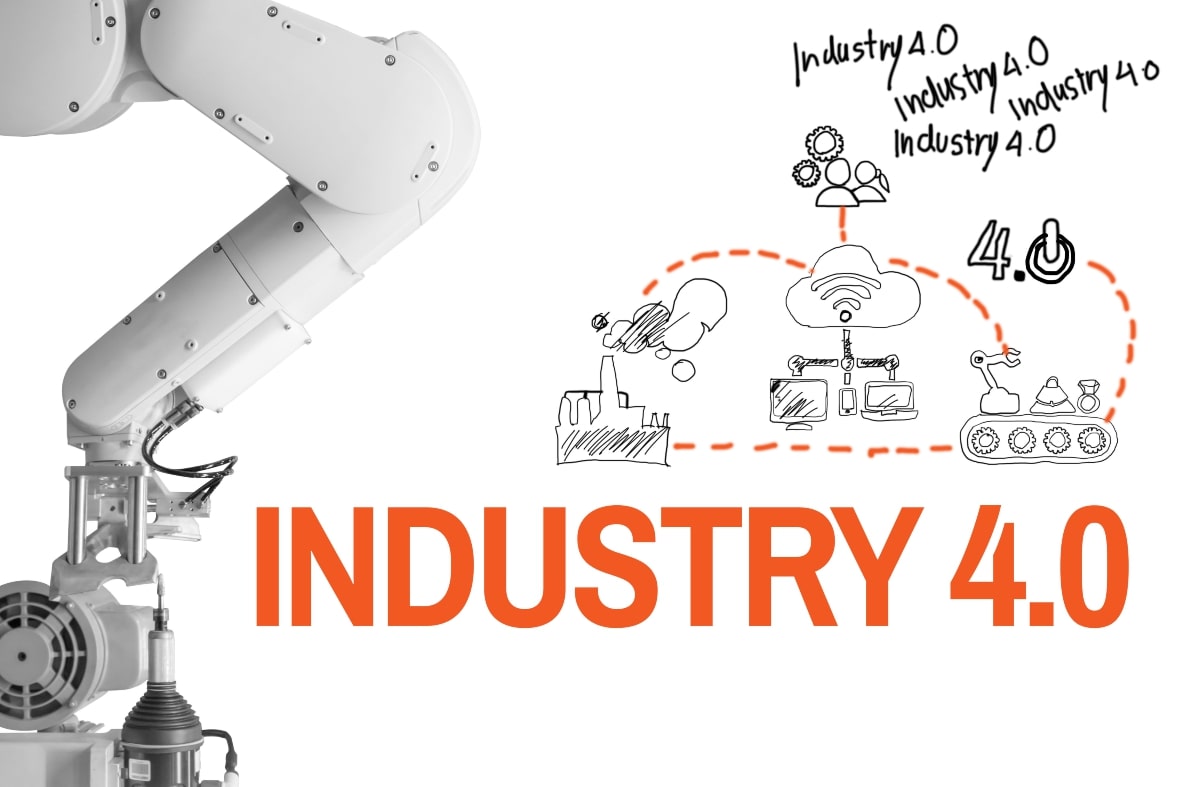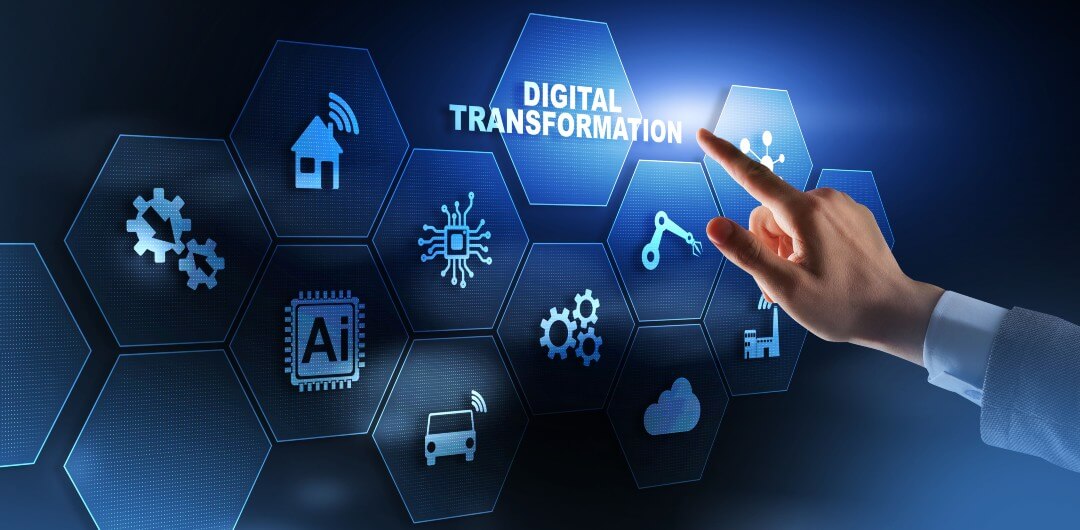The convergence of physical and digital worlds brought about by Industry 4.0 has disrupted the business landscape big-time. Businesses have to make their machines smart by integrating data and analytics. Not opting for such transformation means eventual obsolescence once the ecosystem completes the transformation.
The Industrial Internet of Things (IIoT) is at the heart of such transformation. IIoT has found widespread acceptance of late, with adoption of the technology projected to have a 20% CAGR between 2024 and 2032. Many people use the term IIoT and Industry 4.0 interchangeably.
IIoT involves a network of interconnected devices. A typical factory consists of disparate machines and systems. Legacy systems may coexist with the latest smart equipment on the same factory floor. The complex and heterogeneous application landscape makes straightforward data analytics challenging. IIoT sensors attached to each machine or node in the network capture data, interpret it and derive actionable insights.
Real-time data management
IIoT software collects real-time sensor data and integrates it into a centralized platform. Centralization eases data exchange across disparate devices and enables a unified data view.
At the next stage, powerful machine-learning-powered analytics tools unlock patterns and insights. The most common insights offered by these tools include:
- Predicting equipment failures, enabling targeted, proactive maintenance. Proactive maintenance extends the equipment’s lifetime and avoids costly downtime.
- Identifying improvement areas. The analytics engine analyzes real-time production data to pinpoint areas of performance drops. Visual representations of the production line identify bottlenecks and inefficiencies.
- Enabling continuous monitoring and process optimization. The IIoT software enables remote monitoring and control, facilitating real-time adjustments from afar.
- Facilitating real-time supply chain interventions. IIoT systems connect with suppliers and logistics providers to offer visibility into inventory. Advanced AI-powered systems predict potential disruptions. Such insights allow proactive measures to maintain supply chain continuity and minimize disruption.
Gathering data and deriving insights from it is not new though. SCADA systems in the pre-Internet era also used sensors to collect data and control operations. The IIoT systems of today have much more computing power and other deeper capabilities and are cheaper. These tools also uncover hidden insights outside the capabilities of the earlier tools.
Faster decision making
Industry 4.0 works through enabling technologies such as IIoT, artificial intelligence (AI), 5G, and augmented reality. These technologies enable resilient smart factories.
IIoT provides robust, fail-safe digital management tools. 5G provides high-speed connectivity. AI takes the decision-making capability of the system to the next level.
Such a smart system enables businesses to:
- Make quick adjustments to production capacity to respond fast to changing market conditions.
- Adjust workflows based on trends to ensure optimal working conditions and pre-empt errors. IIoT also enables deploying Robots to automate the process.
- The business process becomes more efficient and flexible. Faster response times reduce damages and improve customer satisfaction.
Promoting innovation
Of late, IIoT has become a critical enabler of innovation. IIoT’s data integration and innovation capabilities enable customer-centric business plans. Done right, customer experiences reach a new level.
Most enterprises understand the importance of innovation. But they do not have the infrastructure to analyze huge quantities of data fast and cheaply to further innovation. AI-powered IIoT tools allow businesses to build predictive models and run prototypes quickly. The cloud offers a low-cost sandbox environment for experimentation. Businesses can experiment with their data to offer new products or services. In the process, they create new revenue streams and add customer value.
The focus on data-driven continuous improvement cultivates a culture of innovation. Employees explore new ideas, experiment, and seek ways to improve processes and products.
Also, with IIoT enabling robotic automation that takes over repetitive tasks, human workers save time and energy. Free of time-consuming tasks, they can focus on activities that further innovation.
Customization
The scalability and flexibility enabled by IIoT systems businesses to customize product configurations. Integrating production equipment with the ERP system allows customers to make specific requests. The ability to produce in a “lot of one” has been a big driver for IIoT technologies. For instance, when customers order a connector, they can also specify where they want the cable inserted on the connector. Businesses can also offer “pay-per-use” services based on performance.
At the enterprise level, customized insights address unique enterprise-level pain points.
Overcoming challenges
Until a couple of years ago, IIoT adoption was unviable for most enterprises due to technical complexity and high costs. Since then, declining computing costs and technical improvements have resolved these challenges. Yet, successful use cases or scale-ups are still not commonplace.
Deriving value from IIoT requires fixing issues that inhibit successful digital transformation. Before investing in IIoT, enterprises need to tackle age-old problems such as:
- Clarity on the business use case
- Developing the right systems and skills and managing resistance to change.
- Resolving the technical challenges related to implementation.
As with any digital transformation effort, trying to do everything at once is a sure-shot recipe for failure. Success depends on prioritizing use cases. Prioritization requires a trade-off between the financial benefits and ease of implementation. Opt for quick-payoff projects, which have a high impact, are easy to implement, and earn cash flows to fund the next level of projects. As a rule, replicable use cases deliver sustained benefits. Specific one-off projects can be an exception if they have a great enterprise-level impact.
Having identified the business use case, create a road map. Develop the capabilities needed for the rollout across locations. Establish clear target values to overcome organizational barriers. Empower a team to track progress and ensure the implementation stays on course. Develop new capabilities, including any changes to the organizational structure. Strengthen data governance and harmonized processes. Centralize data and security management. Also, identify the skills needed to develop, deploy, and operate IIoT use cases.
A critical factor in IIoT success is selecting the right implementation platform. Traditional plant-focused manufacturing and manufacturing operations management are not up to the task. A partner helps with implementation, manages cybersecurity challenges, and offers a mature ecosystem.
SAP’s Industry 4.0 solutions help enterprises benefit from data-driven processes. SAP’s supply chain management portfolio offers a comprehensive range of Industry 4.0 capabilities. These systems run across the business ecosystem. It enables building and configuring intelligent products that meet customers’ unique needs. Intelligent assets link all operational processes and enable predictive maintenance of equipment. Integrated sensors emit real-time information about system health. Intelligent factories run autonomously. It delivers mass-produced or individualized products at scale, with unmatched flexibility. The workforce gets empowered with the right tools and the most relevant information to enable optimal work output.













